Ruchira traces the antiquity of soap to Rome and tells us about the major landmarks in its development. An exclusive for Different Truths.
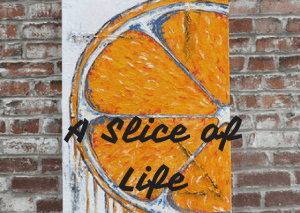 Thousands of years ago, the world had no soap! Then came the time when humans began leaving their caves and forest dwellings and started to settle into civilised life. Gradually they began understanding and imbibing the concepts of hygiene and cleanliness. However, the origin of soap is lost in the mists of antiquity.
Thousands of years ago, the world had no soap! Then came the time when humans began leaving their caves and forest dwellings and started to settle into civilised life. Gradually they began understanding and imbibing the concepts of hygiene and cleanliness. However, the origin of soap is lost in the mists of antiquity.
Ancient Roman legends say the name was derived from the mythical Mount Sapo, an ancient site of animal sacrifices. Following such sacrifices, rains would wash animal fat and ash, from the ceremonial altars, down to the banks of the Tiber River. Now women washing clothes on the river banks noticed that if they washed their clothes in certain parts of the river after heavy rains their clothes were much cleaner.
Ancient Roman legends say the name was derived from the mythical Mount Sapo, an ancient site of animal sacrifices. Following such sacrifices, rains would wash animal fat and ash, from the ceremonial altars, down to the banks of the Tiber River. Now women washing clothes on the river banks noticed that if they washed their clothes in certain parts of the river after heavy rains their clothes were much cleaner. This was probably the first use of soap. Around 77AD, Pliny the Elder, an academician from Italy’s Pompeii mentions in his Latin treatise: There is also soap (Sapo), an invention of the Gauls for making their hair shiny. It is made from tallow and ashe best from beechwood ash and goat fat, and exists in two forms, solid and liquid; among the Germans, both are used more by men than by women. That ancient Babylonians were aware of soap can be gleaned from the soap-like stuff found in clay cylinders during the excavation of the city of Babylon located between the Tigris and Euphrates rivers in Mesopotamia (modern Iraq). Inscriptions on the cylinders disclose that fats were boiled with wood ash, a technique used even today. Historical evidence suggests that ancient Egyptians combined animal and vegetable oils with wood ash, to cleanse their bodies.
Likewise, Israelites too mixed ash and oil to churn out a gel-like substance that could be used to clean hair. Soap is mentioned twice in the entire Bible. Also, the Hebrew word “borith,” translated as soap, encompasses any cleansing agent made from wood or vegetable ashes. During the heydays of the Roman Empire, (100 BC to 400 AD), the practice of bathing with soap reached its zenith across Europe. Sadly, with the decline of the empire, this practice grew obsolete.
In the 7th century, soap making, as well as its use, was back with a bang in Europe, particularly in Spain and France. The basic ingredients included goat fat and Beech tree ash, olive oil among many more. In 1688, during the reign of the French monarch Louis XIV, the indigenously made “Marseille” brand of soap got officially recognised and gained popularity.
In the 7th century, soap making, as well as its use, was back with a bang in Europe,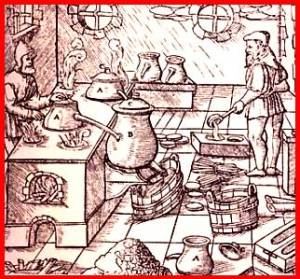 particularly in Spain and France. The basic ingredients included goat fat and Beech tree ash, olive oil among many more. In 1688, during the reign of the French monarch Louis XIV, the indigenously made “Marseille” brand of soap got officially recognised and gained popularity.
particularly in Spain and France. The basic ingredients included goat fat and Beech tree ash, olive oil among many more. In 1688, during the reign of the French monarch Louis XIV, the indigenously made “Marseille” brand of soap got officially recognised and gained popularity.
As the years passed by, scented/perfumed soaps made their debut. Gradually soaps got diversified into the bath, shaving, shampoo, and laundry /detergent depending on their respective application. Initially, the use of soap was confined to royalty nobility and aristocrats. There is a horrific tale about how Louis XIV executed three soap makers for making a bar that irritated his royal skin! Owing to its limited availability at an exorbitant price it remained a luxury item beyond the reach of commoners.
During the reign of Queen Elizabeth I (1558-1603) of Britain, soap consumption in England skyrocketed like never before. The Queen reportedly set the trend herself, “by taking a bath every four weeks, whether it was necessary or not.” During the 17th and 18th centuries, the soap industry gained momentum in Britain but was subjected to gruelling taxes. Eventually, in 1853, prime minister Gladstone abolished the tax on soap following which it became accessible to the masses.
In the 19th century, Louis Pasteur, the famous biologist, proved to the world that personal hygiene was vital in order to check and control the spread of diseases; this gave a major boost to the demand for and sale of soap worldwide. During World War I, commercial soap, as we know it today, was born.
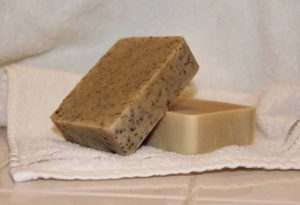 In the 19th century, Louis Pasteur, the famous biologist, proved to the world that personal hygiene was vital in order to check and control the spread of diseases; this gave a major boost to the demand for and sale of soap worldwide. During World War I, commercial soap, as we know it today, was born. The injured soldiers needed a greater degree of cleanliness since germ-free bodies (read wounds) would help in speedy cure and treatment.
In the 19th century, Louis Pasteur, the famous biologist, proved to the world that personal hygiene was vital in order to check and control the spread of diseases; this gave a major boost to the demand for and sale of soap worldwide. During World War I, commercial soap, as we know it today, was born. The injured soldiers needed a greater degree of cleanliness since germ-free bodies (read wounds) would help in speedy cure and treatment.
And so the relentless journey of soap continues. At present, the types of soap are virtually numberless as the stars. You have antiseptic soaps, cream and cold cream soaps. There is a particular soap meant only for the face! An array of luxury bath soaps manufactured by national and multinational companies. Years ago there used to be a shampoo cake/soap but a few years later it vanished like a bubble. The focus is on the health and hygiene of the users rather than affording a rich, luxuriant feeling and experience.
Incidentally, a sizable number of the luxury brands have come out with their fluid variants familiarly known as a shower gel and body wash. These are economical with near-zero chances of wastage. Die-hard desis, who abhor chemicals hit upon the idea of Ayurvedic aka herbal soaps. All in all, soaps are highly essential in modern-day lifestyle across the globe. These are indeed a boon since they eliminate the tiniest traces grime, sweat, dirt, and dust leaving us fresh and rejuvenated!
Photo from the Internet

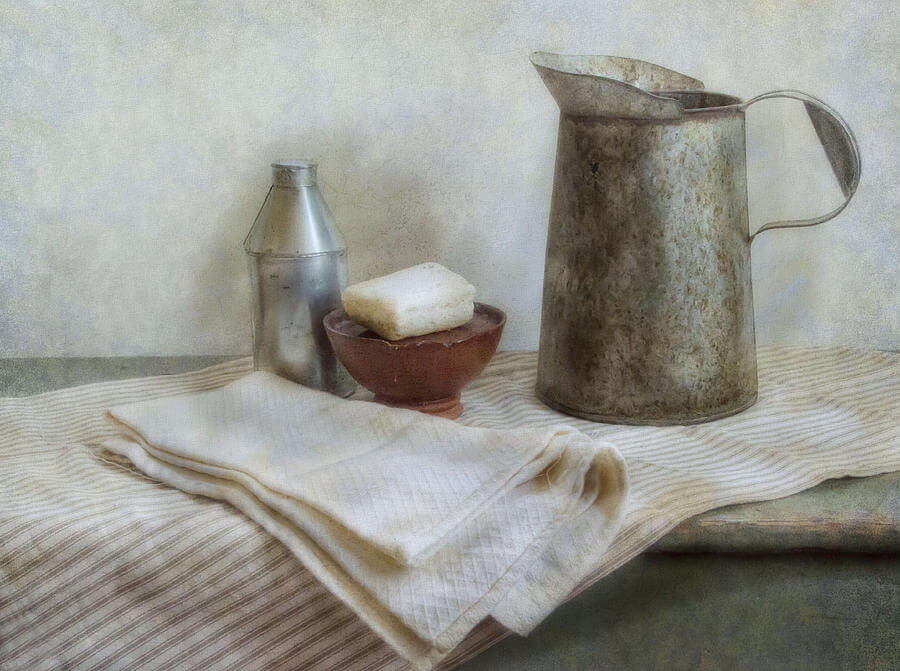




 By
By

 By
By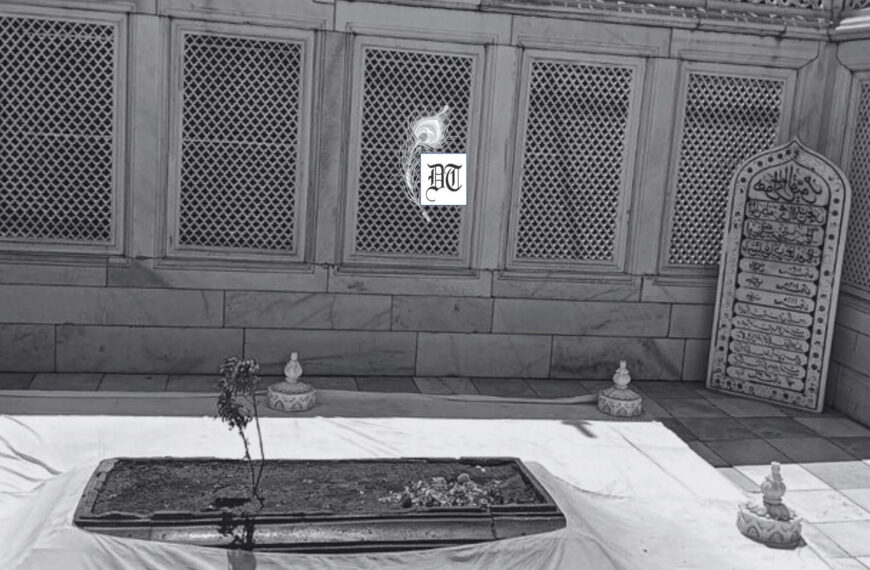
 By
By